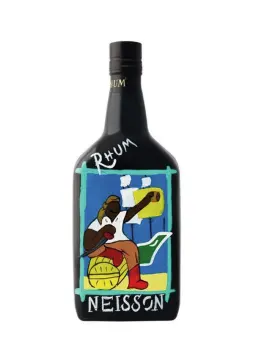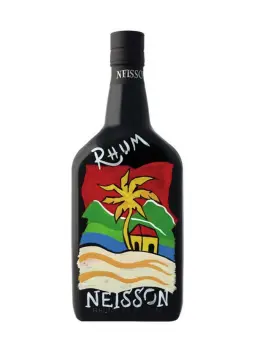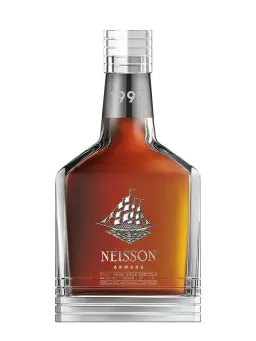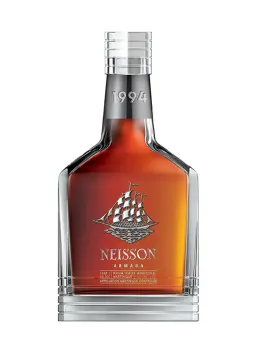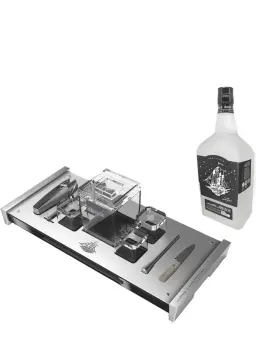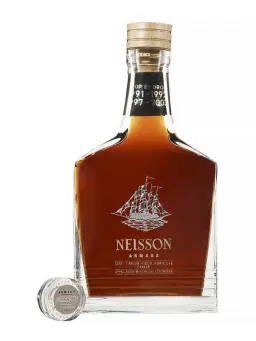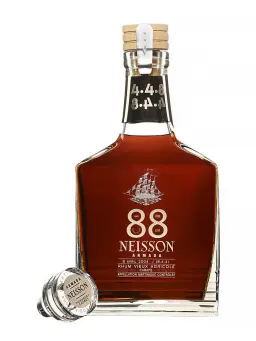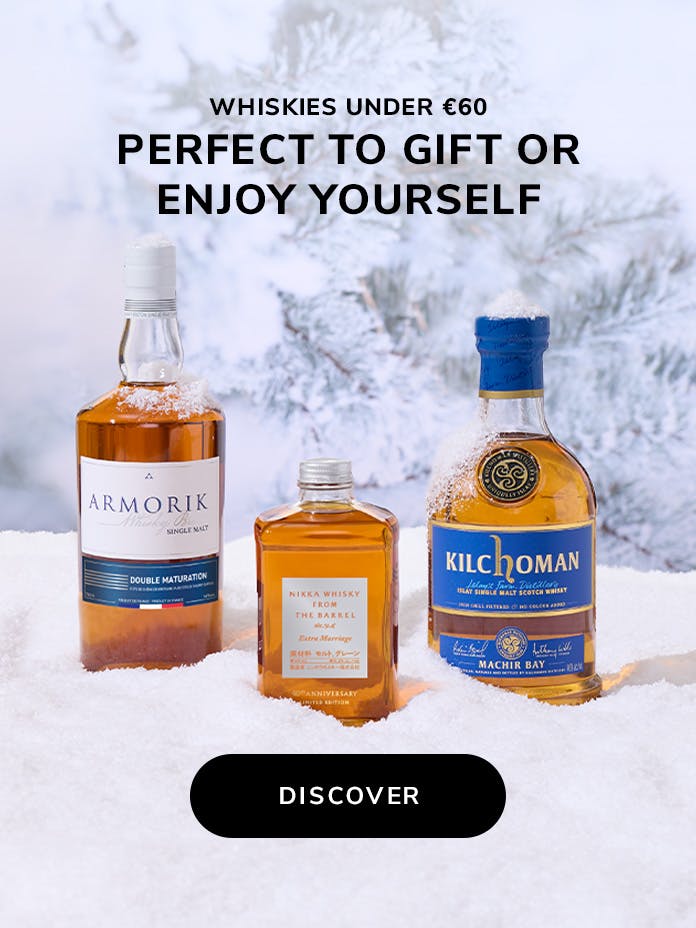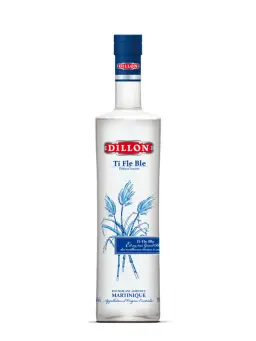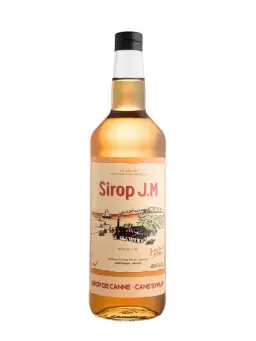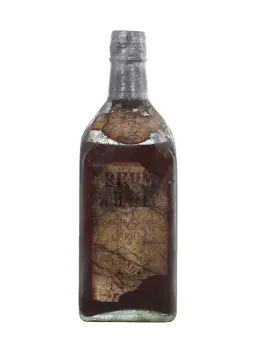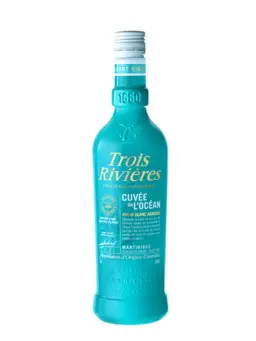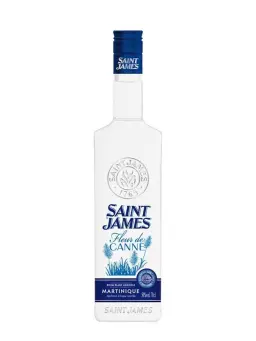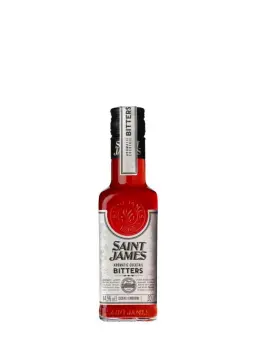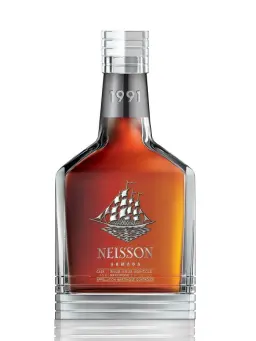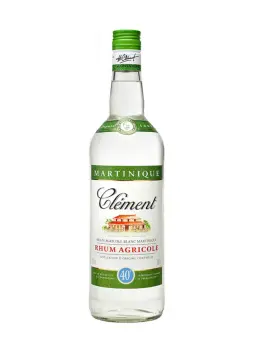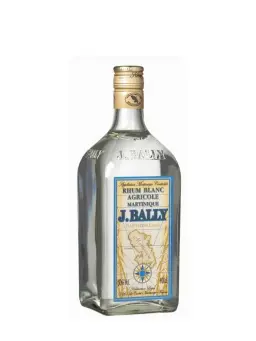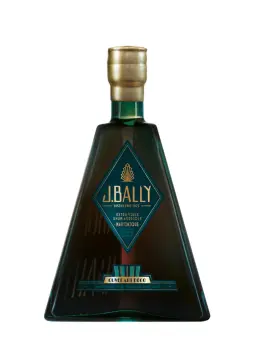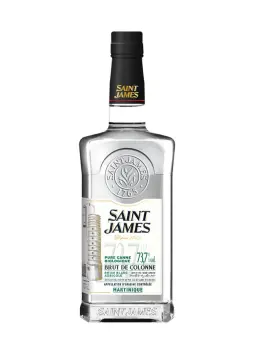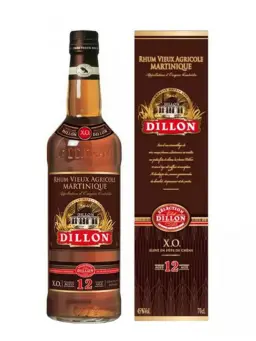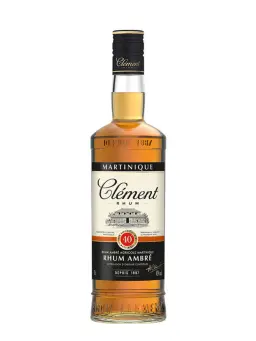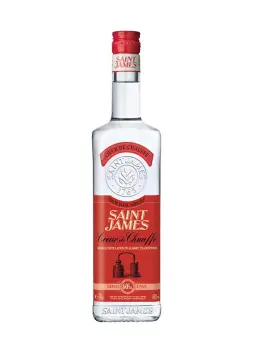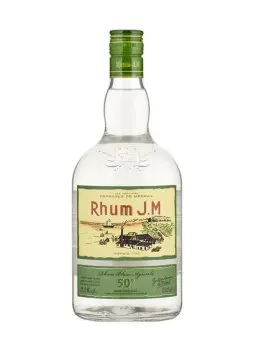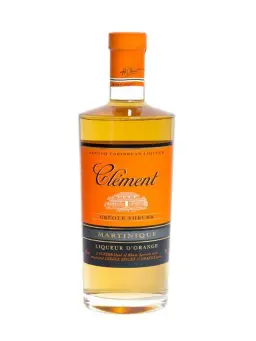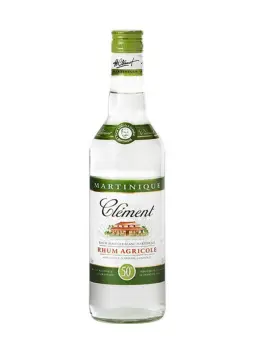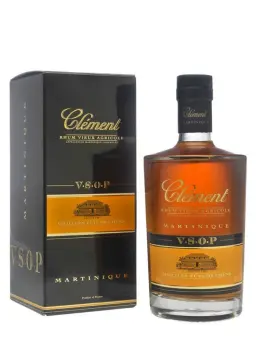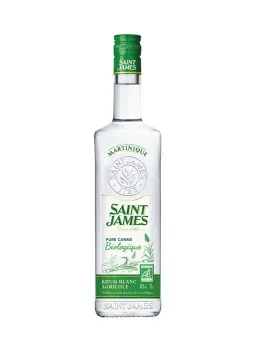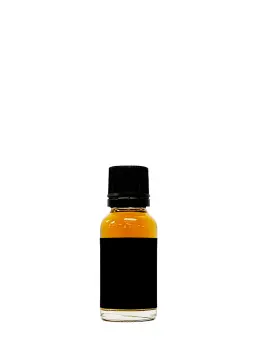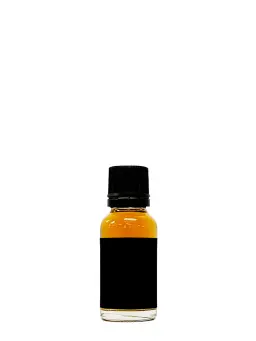Martinique rum
126 items
NEISSON 2011 Le Carbet 46%
NEISSON Armada 1997 Jeroboam 44.1%
NEISSON 1994 Armada 46.8%
NEISSON Armada Drop by Drop Jeroboam 45.4%
NEISSON Armada 4.4.8 Jeroboam 44.8%
DILLON Blanc Ti Flé Blé 50%
BALLY 1929 45%
NEISSON 1991 Armada 45%
BALLY 2003 Art Déco 3 45%
Available soon
SAINT JAMES Arrangé Mangue Tropicale Maracuja 35%
Available soon
SAINT JAMES Brut de Colonne Bio Récolte 2021 73.7%
Available soon
DILLON 12 ans 45%
Available soon
NEISSON Le Rhum par Neisson 2cl 52.5%
Available soon
Widely regarded as the historical producer of the finest agricultural rums, Martinique has earned a unique distinction in the rum world: an official AOC (Appellation d’Origine Contrôlée). Alongside Guadeloupe, the island is considered the birthplace of the French agricultural style of rum.
Introduction to the World of Martinique Rum
While both types of rum (molasses-based and agricultural) are produced in Martinique, it is agricultural rum that has brought fame to this island in the Lesser Antilles. It stands as one of the pillars of Creole culture.
History of Rum in Martinique
Sugarcane cultivation in the Caribbean, and particularly in Martinique, began in the mid-17th century. However, historical accounts vary on the identity and origin of the European colonists who introduced and developed it. They were likely Portuguese fleeing Brazil, where sugar production was already flourishing. Along with the plant, they brought distillation techniques. It didn’t take long before the two were combined.
French settlers began developing sugarcane cultivation. The molasses byproduct from sugar production was initially used to distill rudimentary and low-quality spirits. The resulting alcohol, known as “tafia,” “guildive,” or “kill-devil,” was consumed by enslaved people and the local population.
As sailors developed a taste for the drink and distillation techniques improved, a better-quality spirit emerged. The drink became known as rum — first “rum” among the English, while the French continued to use “tafia” for some time. Rum then spread across Europe and the Americas.
At the end of the 19th century, the sugar crisis — brought on by competition from beet sugar — forced producers to seek new outlets for their crops. They invested in larger, higher-quality stills and began distilling not molasses, but fermented sugarcane juice. Thus, Martinique rum, known locally as "rhum z’abitans," began to flourish.
At the time, Saint-Pierre, Martinique’s economic hub thanks to its port, was home to no fewer than twenty distilleries and was the world's leading rum-producing city. But the 1902 eruption of Mount Pelée devastated the city and dealt a serious blow to the island’s rum industry.
In 1941, there were still 194 active agricultural rum distilleries in Martinique. This pure cane juice rum became a benchmark in the world of rum. Today, only seven distilleries continue to produce Martinique rum:
- Distillerie des Plantations Saint James
- Distillerie Depaz
- Distillerie Maison La Mauny
- Distillerie Neisson
- Distillerie Simon
- Distillerie J.M.
- Distillerie La Favorite
The Martinique Rum Production Process
A unique case worldwide, Martinique rum is governed by an official AOC. This designation enforces strict guidelines that guarantee adherence to tradition and terroir.
Sugarcane Cultivation
Terroir plays a crucial role in the production of agricultural rum, particularly in Martinique. All sugarcane varieties used are approved by the INAO (National Institute of Origin and Quality) and descend from the original Caribbean cane, known as Cristalline. Notable varieties include zicak and blue cane.
Yields are strictly limited to 120 tons per hectare, though the average is around 72 tons. Production zones are precisely defined. After twelve months of growth, the cane is harvested during the dry season.
Fermentation and Distillation
The freshly cut cane is cold-pressed to extract the juice, or vesou, to which nothing may be added. This juice is then fermented using either wild or cultivated yeasts, such as saccharomyces (brewer's yeast). The fermentation lasts up to 72 hours.
Distillation of the fermented juice — known as cane wine — must be done continuously using column stills. Again, traditional Martinican expertise is upheld. The resulting clear alcohol has an ABV of 65% to 75%.
The Different Types of Martinique Rum
There are three categories of rum that qualify for the AOC “Martinique agricultural rum”:
- White agricultural rum
- Barrel-aged agricultural rum (also known as straw or amber rum)
- Aged agricultural rum
White Agricultural Rum
White rum is the purest expression of the island’s terroir, showcasing fresh, vegetal sugarcane notes. Though it remains colorless, white rum must rest exactly three months in tanks following distillation before bottling. It is then diluted with water to reach an ABV between 40% and 62%.
Straw and Amber Agricultural Rum
Barrel-aged rum is aged for a minimum of twelve uninterrupted months in oak vessels, usually large casks. This aging must take place entirely within the designated production area. These rums, golden or straw-colored, are rounder, smoother, and often feature delicate vanilla and woody notes.
Aged Agricultural Rum
Aged rum must spend at least three years in oak barrels with a maximum capacity of 650 liters. In a blend, the youngest rum determines the stated age. Bottling strength ranges from 43% to 50%.
This is the ultimate tasting rum. Its extended interaction with wood, under a tropical climate conducive to evaporation and exchange, gives it depth, richness, and complexity.
The Must-Know Distilleries of Martinique
Clément Distillery
For over 120 years, Habitation Clément has produced rum on the island of Martinique. It is one of the most prestigious producers, thanks to its unwavering commitment to the traditions established by founders Homère and Charles.
La Mauny Distillery
Founded in 1749 in Martinique, Maison La Mauny is one of the oldest rum producers in the Caribbean. Discover a rum that will transport you to the heart of Martinique’s heritage and terroir.
J.M. Distillery
Founded in 1845 in the tropical cradle of agricultural rum, J.M. is now a world-renowned distillery, with its rum often ranked among the world’s finest.
Depaz Distillery
One of the oldest distilleries in Martinique, Depaz traces its roots to Habitation La Montagne, founded in 1651. Its rum is celebrated around the world for its exceptional quality.
